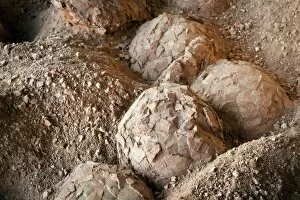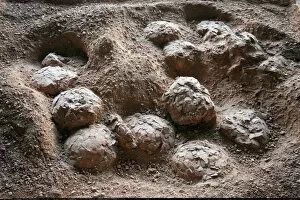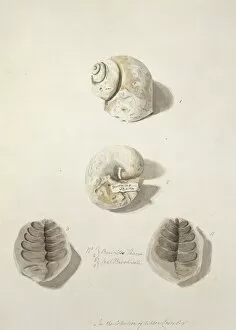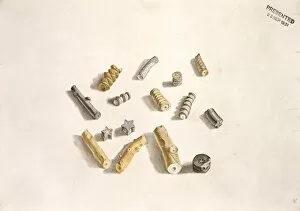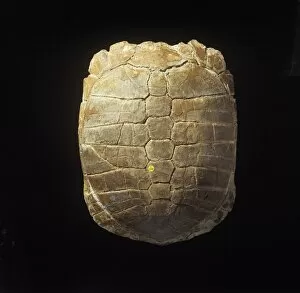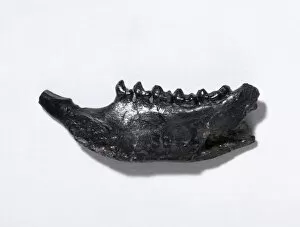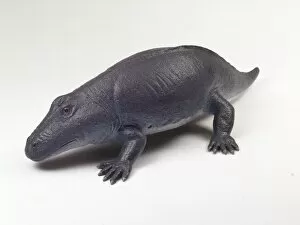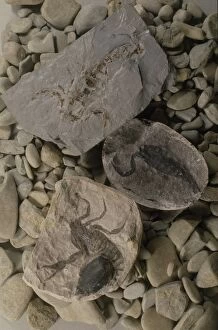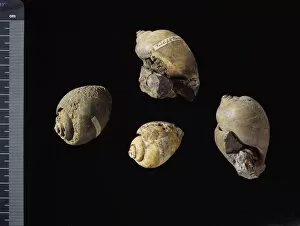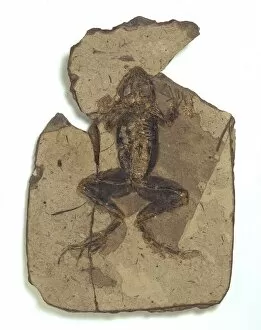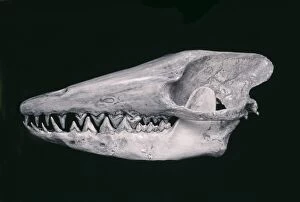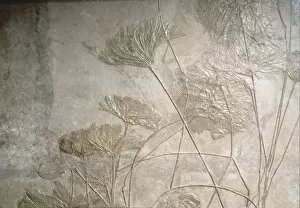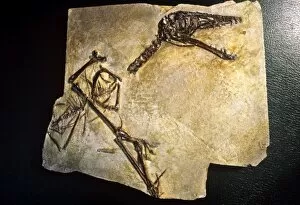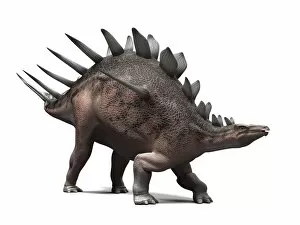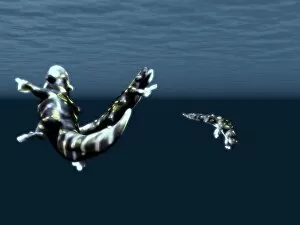Palaeozoology Collection (page 9)
"Journey through the Ancient World: Exploring Palaeozoology and its Enigmatic Creatures" Step back in time as we delve into the captivating realm of palaeozoology
All Professionally Made to Order for Quick Shipping
"Journey through the Ancient World: Exploring Palaeozoology and its Enigmatic Creatures" Step back in time as we delve into the captivating realm of palaeozoology, where prehistoric wonders come to life. Witness the raw power and primal instincts of Tyrannosaurus rex dinosaurs during their awe-inspiring mating rituals, a spectacle that shaped their existence. Marvel at the Archaeopteryx fossil, Berlin specimen C016 / 5071, a remarkable link between reptiles and birds. This feathered marvel offers a glimpse into the evolution of flight and showcases nature's ingenuity. Immerse yourself in an era dominated by colossal beings like Brachiosaurus dinosaurs, whose towering presence defied imagination. Picture these gentle giants roaming ancient landscapes with grace and majesty. Uncover secrets hidden within the depths as we unveil Spinosaurus dinosaur artwork. Its sail-like structure hints at adaptations for aquatic life, painting a vivid picture of this formidable predator reigning over rivers and lakes. Trace your fingers along the intricate patterns etched on Trilobite fossils; these ancient arthropods provide invaluable insights into Earth's distant past while showcasing Mother Nature's artistic craftsmanship. Feel your heart race as you witness a fierce scimitar cat attacking a hominid; an intense encounter reminding us of our ancestors' constant struggle for survival against powerful predators. Transport yourself to another world through mesmerizing artwork depicting Iguanodon and Megalosaurus locked in combat. These ferocious battles highlight nature's ceaseless quest for dominance amidst an ever-changing landscape. Explore the vibrant tapestry woven by prehistoric wildlife during the Miocene era - from majestic Parasaurolophus dinosaurs trumpeting across lush plains to mysterious creatures lurking beneath dense foliage. Encounter Baryonyx dinosaur - armed with its iconic crocodile-like snout - prowling riverbanks with stealthy precision; evidence that adaptation knows no bounds in the animal kingdom.









